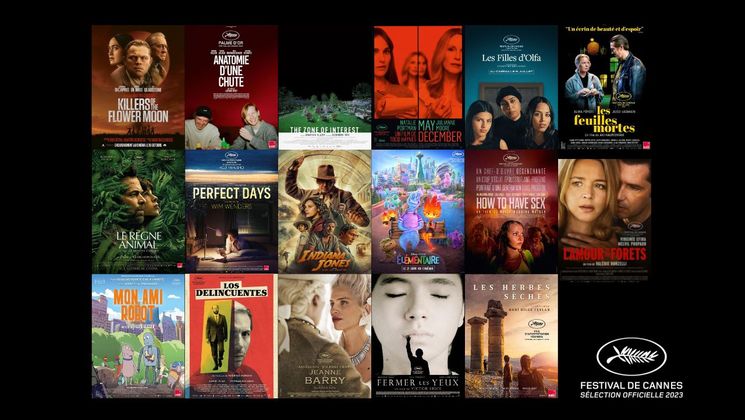
Claude Lanzmann’s Fleeting Love

The director of Shoah (1985) tells the story of a true and very unusual romance that he experienced just after the Korean War, as a French member of the Western European delegation that was authorised to visit Pyongyang. The director, who is now in his nineties, fell in love with a young woman in this country utterly devastated by war. Claude Lanzmann knew only one word in common with the beautiful nurse Kim Kun Sun, whom he met at the Red Cross hospital, and the word was: "Napalm".
To tell this personal story that has "haunted" him since 1958, the filmmaker retraced his steps back to this "unconsumuated love", in the North Korea that is decried in the news today, this country that does not allow any unauthorised filming. The pretext of making a film about taekwondo (which is actually featured in a few shots in Napalm) and certainly also thanks to Claude Lanzmann's charisma, sufficed to let him escape from the close watch of the regime's police, to be able to return to the place where he fell in love. In particular, the Pyongyang bridge, where sixty years ago, he would meet with his beloved whose chest was burned by napalm.
In telling this story in 2009 in his book, Le Lièvre de Patagonie, Claude Lanzmann had reawakened this obsessive memory. He never thought he would revive this "brief encounter" in an extraordinary film set in the rigid decor of monolithic statues of Kim Il-sung and Kim Jong-il. But this is what happened, at the age of 92.
At the Festival de Cannes, Claude Lanzmann has presented Sobibor, 14 octobre 1943, 16 heures (Out of Competition, 2001), Pourquoi Israël (Isreal, Why?) (Cannes Classics, 2007), and Le Dernier des injustes (The Last of the Unjust) (Out of Competition, 2013).


